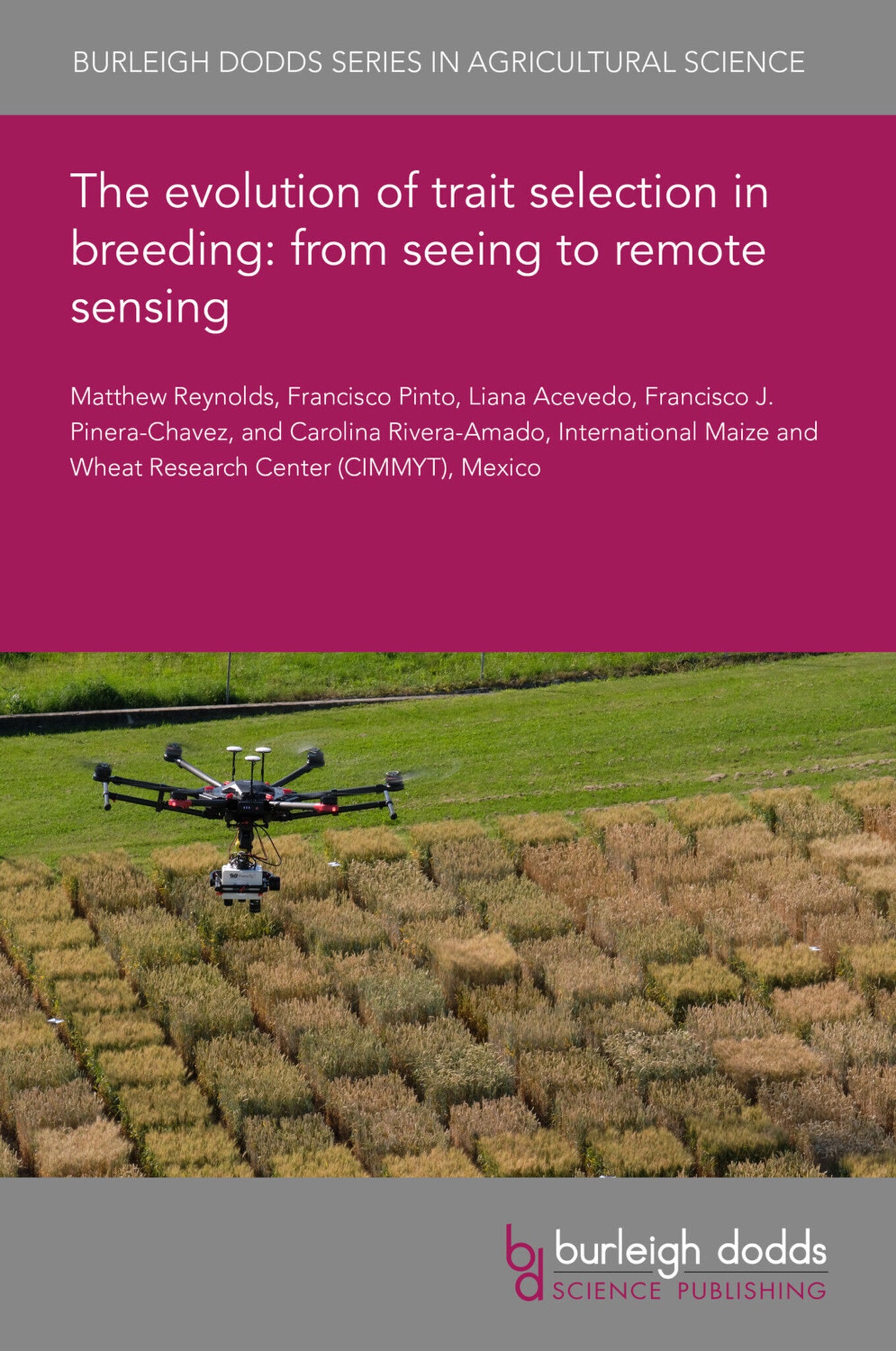We're sorry. An error has occurred
Please cancel or retry.
The evolution of trait selection in breeding: from seeing to remote sensing

Some error occured while loading the Quick View. Please close the Quick View and try reloading the page.
Couldn't load pickup availability
- Format:
-
27 June 2022


TECHNOLOGY & ENGINEERING / Agriculture / Agronomy / Crop Science, Agronomy and crop production, TECHNOLOGY & ENGINEERING / Agriculture / Sustainable Agriculture, TECHNOLOGY & ENGINEERING / Agriculture / Agronomy / General, Sustainable agriculture, Plant biology

1 Introduction 2 Selection of progeny and large-scale genetic resources 3 Characterization of parents and gene discovery panels: increasing throughput with sensors 4 Traits related to spike fertility and partitioning to yield 5 Traits to improve lodging resistance in cereals 6 Selecting for disease resistance 7 How might trait selection look in the future 8 Where to look for further information 9 References



